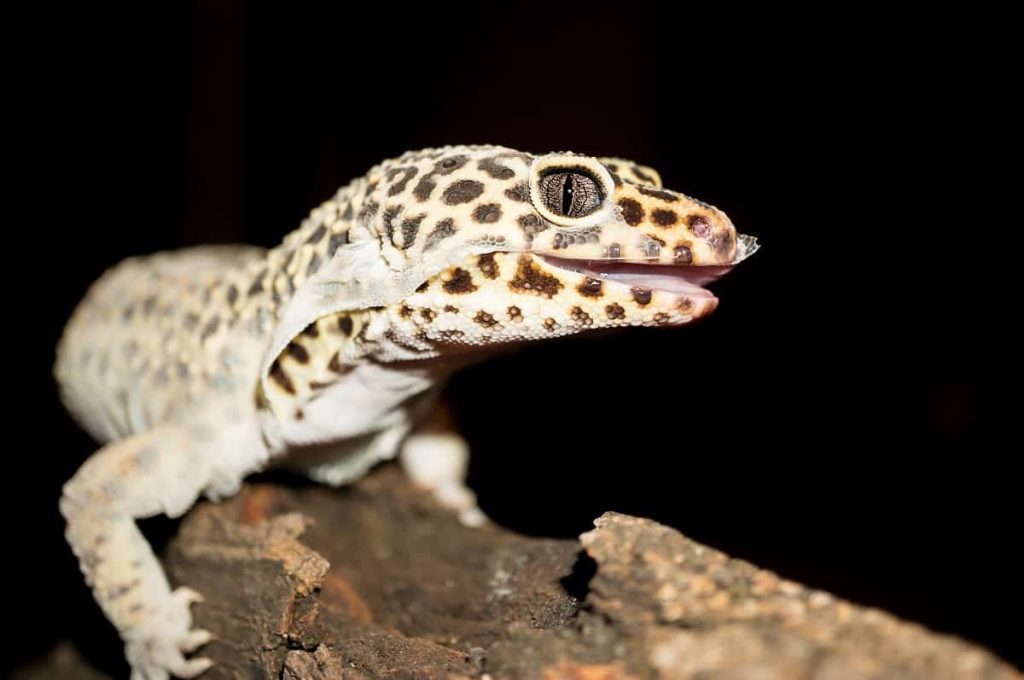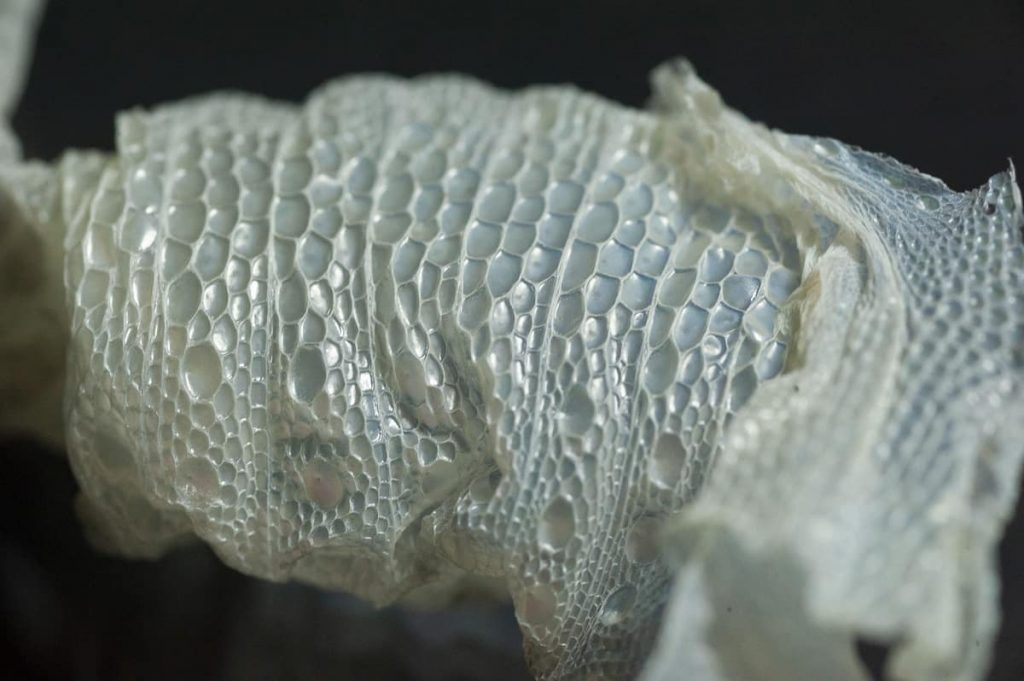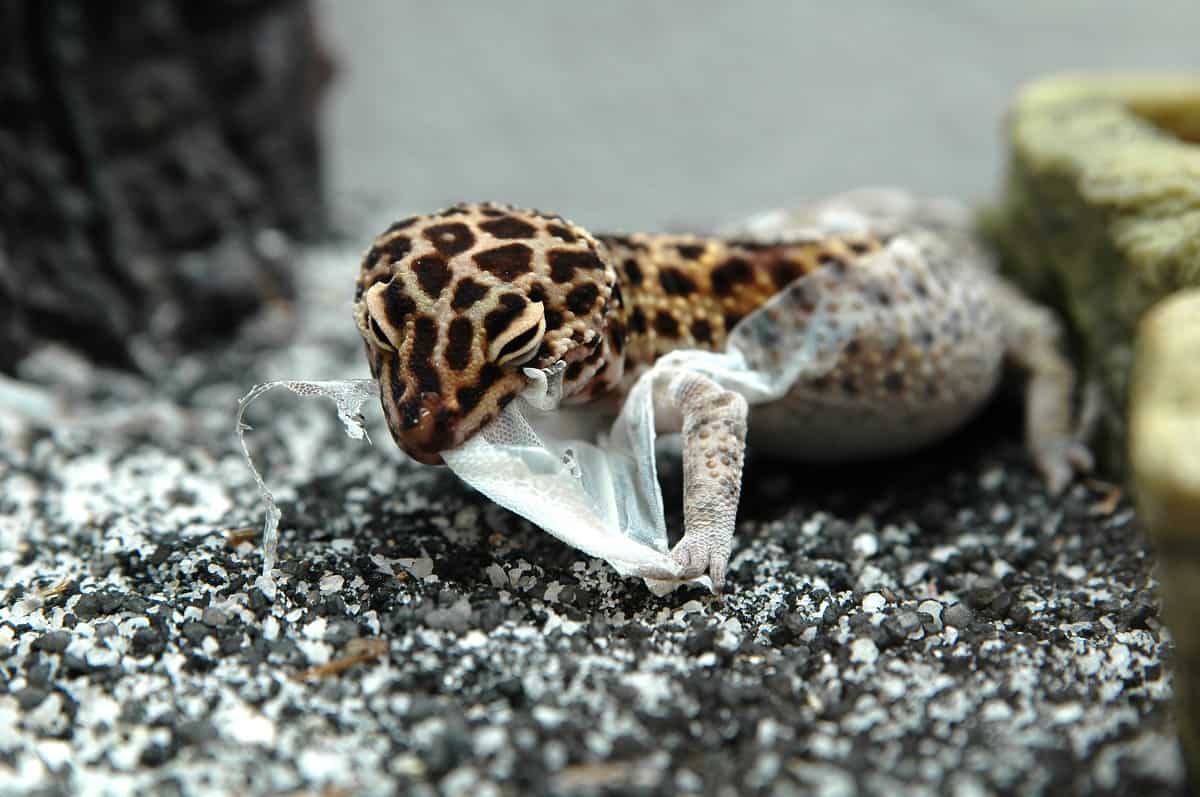Leopard geckos are common pets for those looking for something a little less imposing than a dog or cat. However, along with having an alternative pet comes some new factors. One of these is shedding, and sometimes, a first-time reptile owner gets a little freaked out when they see their little guy losing their skin. Is there a reason? Are they sick? These are all common worries.
You don’t have to worry. It is perfectly normal, and in
order to alleviate your worries and to answer some of the
most commonly asked questions, we thought we would put
together a little guide on the leopard gecko and its
shedding.
Let’s start with the basics before we get
into the more intricate parts of the process.
Shedding – Why Do They Do It?
There are many animals in the world that shed, and a great deal of them are in the reptile kingdom. Shedding is the process by which animals get rid of old skin and replace it with a fresh layer. Even humans shed.
The difference between humans and reptiles is that we shed gradually. However, the leopard gecko completes its shedding process all at once. This process isn’t just to get rid of dead skin cells, though. The shedding process for your leopard gecko allows it to repair and heal wounds and damage to its skin.
Plus, for the younger leopard geckos, it can help them in their growth because reptilian skin has very little elasticity. In order to accommodate its new size, you will find that a gecko will shed quite regularly.

What Does Shedding Look Like?
Understanding the process will help you take care of your gecko properly. The process actually starts a little while before the actual shedding of its skin. A week before shedding, the lizard will begin creating a fluid layer directly under the topmost layer of skin. This fluid will serve as a lubricant, making the shedding process easier.
After the fluid layer is formed, the top layer of skin will begin to loosen a little. At this point in the process, the little guy’s coloring looks dull or even like there is a milky film over his body. Your lizard’s pattern may be harder to see.
Once this part of the process has taken place, it should be a day or so before it will begin to loosen its skin from its body. You may notice your leopard gecko biting at its skin or moving differently than it typically does. All of this is normal. When it finally comes time to shed, your leopard gecko may shed its skin in one complete shell. However, it is most often done in large pieces.

How Often Does a Leopard Gecko Shed?
Like with everything in the animal kingdom, this answer is not exactly straightforward. The rate of shedding differs from lizard to lizard, as there are several factors that play a role in the process. Things like how fast they grow, stress, health, injury, and even reproductive patterns are all factors that can affect the shedding cycle of your leopard gecko.
Even with those factors making a difference, you should look for your gecko to shed every four to eight weeks, especially while it is growing. In the end, the cycle may be different than that, but as long as your gecko is healthy, you shouldn’t worry too much if the cycle is shorter or longer between sheddings.
Issues to Look For
Most leopard geckos shed without any of the problems that many other reptiles suffer from during this process. However, there are a few issues that you should be aware of and know how to fix should they occur.
Here are some issues and how to treat them:
- The skin near the toes not shedding. The little guy’s toes are very small, and sometimes, the skin will stick to them. If left unattended, this can actually cause the gecko to lose its toes. Make sure you check your lizard’s feet after every shedding to make sure its toes are clear of old sin.
- The skin near the tail whip not shedding. This area of the lizard is thin, and sometimes old skin may get stuck. Though the lizard won’t lose its tail, make sure to check and see if any old skin is still there.
- The ventral area is not clear of old skin. When this happens, it can potentially lead to hygiene problems and cause unwanted health concerns. Make sure to check the ventral surface and area to ensure it is clear of old skin.
- The skin near the eyes not shedding. Unlike other lizards, most geckos don’t have eyelids. Making sure that the gecko sheds skin around this area is key. If the old skin remains, it might lead to infection or injury of the eye.
If you do have a leopard gecko that retains some of the skin like in the issues above, you will want to know how to remove that skin properly. Depending on the location of the skin, the process will differ from sensitive to non-sensitive areas.
For non-sensitive areas like the tail whip, you can start by gently rubbing the area with a damp cloth. Once the edges are lifted, you should be able to pull the skin away gently. Make sure you do it very gently, though, so that you don’t injure the little guy. Repeat the process if needed.
When it comes to the sensitive areas, you will need to take extra care. If you don’t do it right, it could lead to more injuries. For most areas that are sensitive, the best option is to soak the lizard in a small bowl of water and then gently rub the area until the skin comes loose. When it comes to the eyes, you may want to visit a vet and let them handle the most delicate of locations.
Final Thoughts
Understanding your leopard gecko’s shedding cycle, issues that could arise, and how to handle them is vital to ensure you keep a healthy and happy little friend. Hopefully, with the information above, you feel better prepared to handle this part of being a lizard owner.
